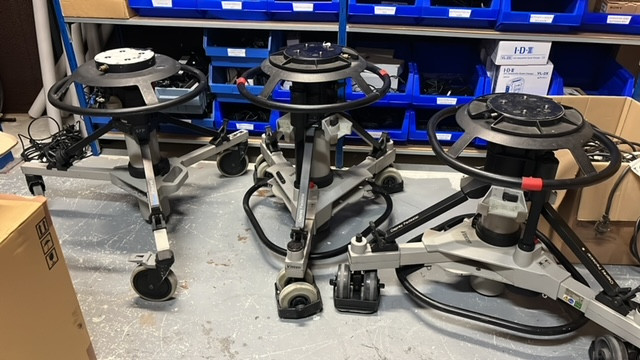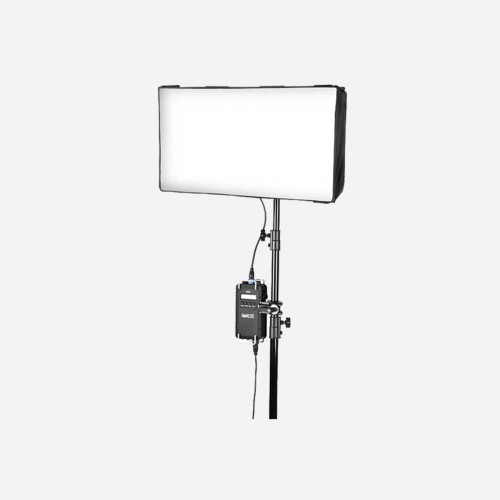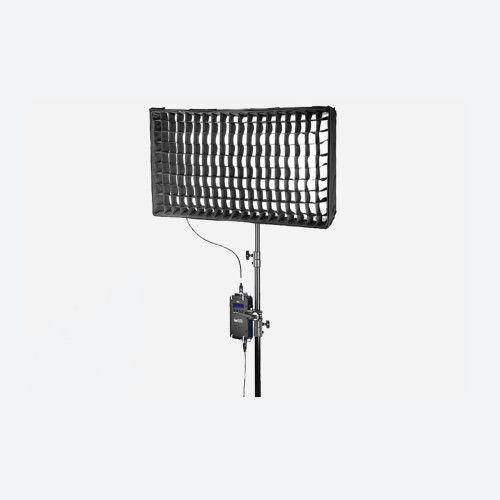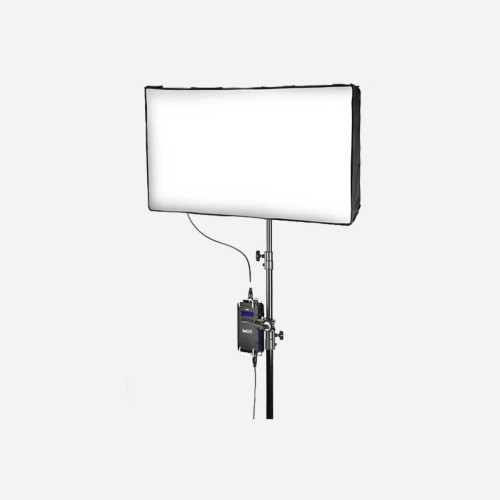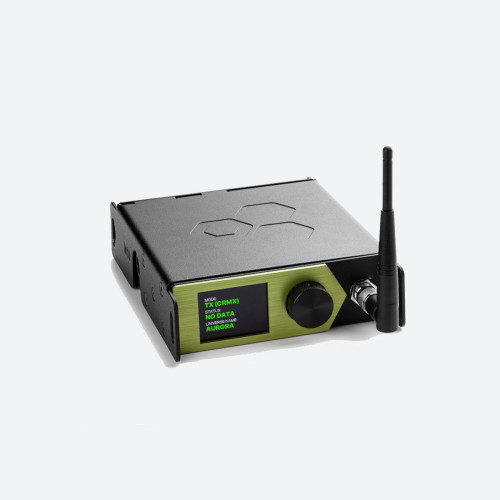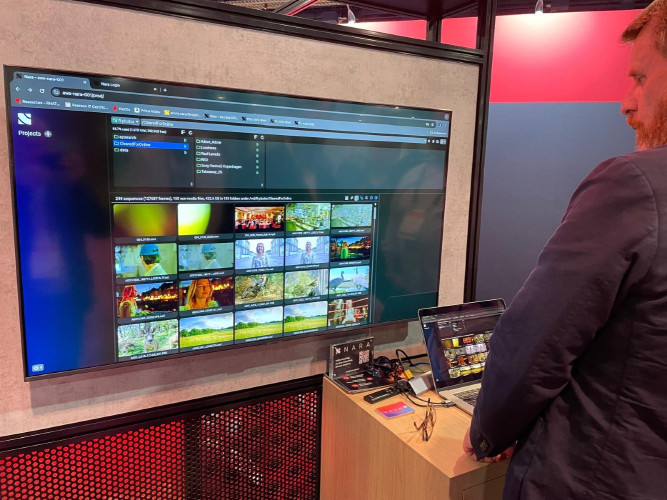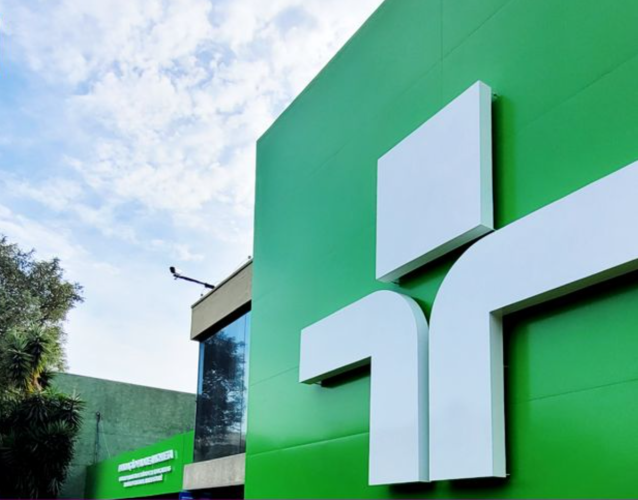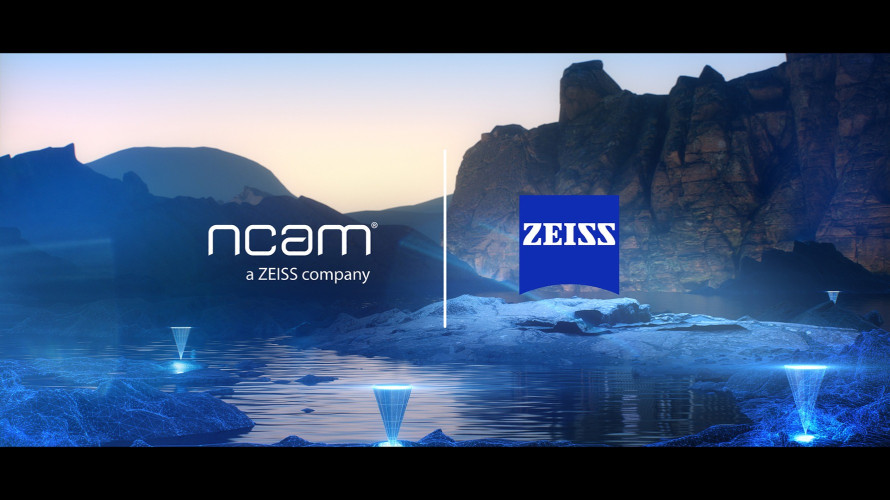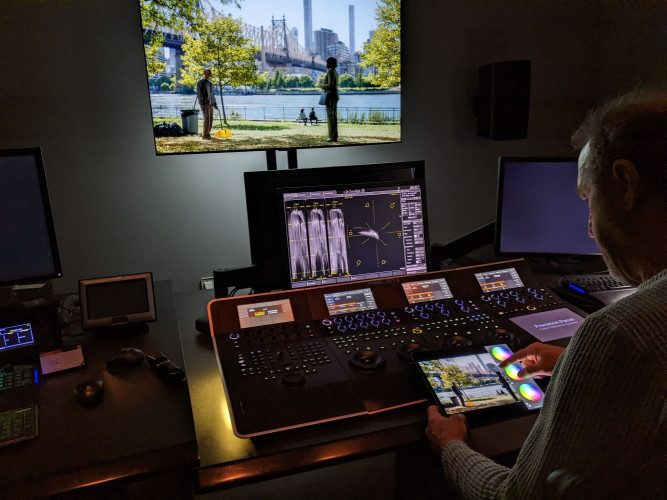In today\'s fast-paced world of video production, the importance of a well-organized, responsive media asset management system cannot be overstated. After all, time is money, and the more quickly people can find and retrieve the exact content they need, the more quickly they can complete their video projects ¦ and capitalize on the content.
This notion is especially true for postproduction facilities, which are under constant pressure to deliver a quality product at a lower cost. Post houses must manage each customer\'s unique content, metadata, and workflow instructions through a facility of shared technology services and lots of manual effort. The variability in the workflow and time-sensitive nature of the projects mean most postproduction personnel work extraordinary hours and follow an intuitive process that breaks down with employee turnover. When it comes to media asset management, tribal knowledge - such as the location of offline content, quality assurance checklists, and basic trouble management - erodes anytime there is a personnel change. Meanwhile, content creators continue to push for lower cost and faster delivery times, which makes it harder and harder for post facilities to serve customers effectively with manual resources. It\'s a delicate balance, and many post facilities - especially smaller ones that live and die by their reputations - operate knowing that if things aren\'t managed carefully, customers might lose confidence and go elsewhere for postproduction services.
Therein lies the need for an effective MAM solution. If post houses run each project as a custom effort without having the discipline to catalog, curate, and store the raw materials and metadata associated with the project, then the business model will ultimately fail. Postproduction companies must be all-in when it comes to enforcing a MAM standard - one that automates the asset management process. Disciplined, automated asset management can greatly increase efficiency while providing better visibility into the content library, enabling boutique post houses to differentiate their brands and grow their businesses.
If you\'re looking to improve processes in your postproduction business, the right MAM solution can make a big difference.
Cloud-native MAM solutions such as Wazee Digital Core help you establish an active archive - a storage library designed to make content readily available for reuse. With a MAM solution tied to an active archive, you can develop a catalog of raw and finished materials, manage the content, and easily retrieve past works to support new projects. In addition, such MAM solutions also help to automate repetitive tasks that tend to introduce human error into the project workflow.
Some of the other big benefits of the right cloud MAM solution include: - Automated ingest processes that centralize assets and place them into the appropriate storage solution. Cloud storage replaces on-site storage due to its sustainability, ease of access, and cost advantages.
- The ability to capture and store relevant metadata automatically and to generate metadata from the content itself automatically.
- The ability to provide global access to content with user-friendly search, preview, and download functions.
- Workflow automation that normalizes content formats and metadata and removes other manual elements of your business.
- A services-oriented platform that can easily interface with changing technologies. Transcoding, file acceleration, taxonomy, and other services are API-enabled to allow the service and supporting technology to evolve with the industry without requiring a forklift upgrade and high cutover cost.
- The ability to leverage services that enable multiple monetization opportunities, such as licensing and YouTube claiming.
Of particular benefit to smaller post houses is the ability to tap into older assets that might otherwise have gone unused. Everyone who has supported a production project has experienced it: They\'re staring at a shelf of hard drives or in the direction of the tape vault, knowing they have the perfect asset to help them tell their latest story or update a past project. But because it would take too much time to find what they need, the production must resort to buying new footage or creating the asset from scratch instead. A well-planned MAM strategy built on the right cloud MAM solution makes that wasteful practice a thing of the past, because you\'ll always be able to find relevant work quickly and solve problems for your customer, which only improves your reputation.
If that\'s not enough of a business incentive to adopt a cloud-based MAM solution, then consider the ROI. The operational cost of a MAM service is far more affordable than the capital cost of establishing and maintaining a manual working environment, especially if you\'re customizing that environment from one day to the next to accommodate each customer\'s ingest and metadata requirements. Now that cloud MAM solutions have matured, sustaining a MAM service is an opex cost connected to the cost of doing business - and therefore easier to justify. Furthermore, cloud-native MAM services also offer an intangible return: Customers will come back for additional services because you\'re managing their content effectively, and the improved quality and consistent delivery will increase their faith in your service. In other words, leveraging cloud-native MAM services means smaller post companies can promote and deliver big service to their customers.
By taking the time to catalog and store customers\' content properly, smaller postproduction companies can elevate their businesses beyond the existing project into a long-term, sustainable relationship based on improved quality and context in the finished project.







